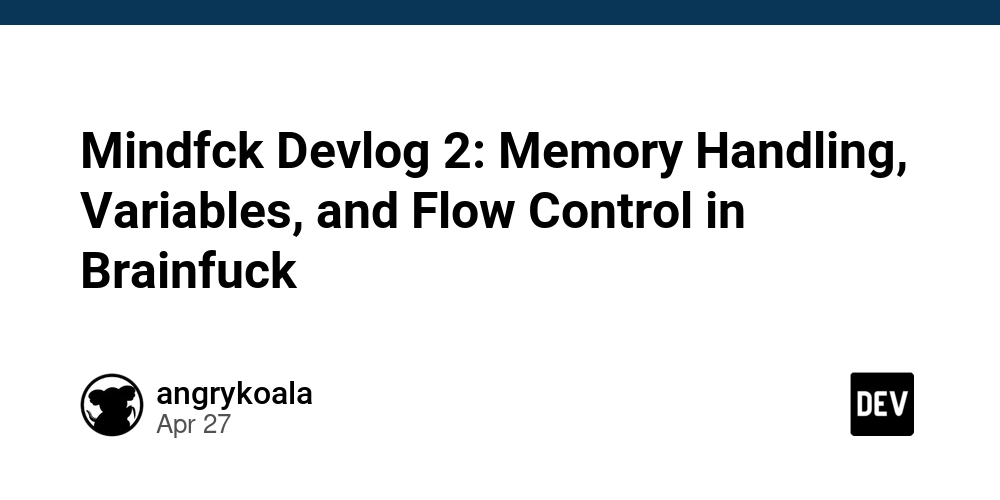Master Bayesian Decision Theory: A Beginner's Guide for Machine Learning
Bayesian Decision Theory is a statistical method to classify different patterns. It uses probability and the costs of incorrect choices to categorize inputs. This article unveils how Bayesian Decision Theory enhances prediction accuracy, a crucial skill for anyone looking to improve their machine learning projects.

We’ll explore prior probability, likelihood probability, and evidence, culminating in the posterior probability – the holy grail of informed predictions. This guide will help you map these theoretical concepts to real-world machine learning applications.
Here’s what we'll cover:
- Prior Probability
- Likelihood Probability
- Prior and Likelihood Probabilities
- Bayesian Decision Theory
- Sum of All Prior Probabilities Must be 1
- Sum of All Posterior Probabilities Must be 1
- Evidence
- Machine Learning & Bayesian Decision Theory
Let’s dive in and explore how you can use Bayesian Decision Theory to make better predictions!
Prerequisites
- Classical Machine Learning Theory: A foundational grasp of logical theory and notation is recommended for understanding the mathematical underpinnings.
- Python: Basic Python programming knowledge will be beneficial.
Prior Probability: Your Initial Guess
Prior probability is the chance of something happening based only on past occurrences. It's your initial guess before considering any new information. This "before" probability is useful, but inherently limited.
Imagine predicting the winner of a soccer match between Team A and Team B. If, in the last 10 matches, Team A won 4 times, the prior probability of Team A winning is 4/10 or 40%. However, past performance doesn't guarantee future results because conditions change.
The key takeaway? Prior probability is a starting point, but not the final answer. It's like guessing a patient's condition based solely on their historical visit data, missing present symptoms. Without including the current situation, your predictions become inaccurate, highlighting the need to consider more than just past events.
Likelihood Probability: Factoring in the Current Situation
Likelihood probability asks: "Given the current conditions, what's the chance of a specific outcome?"

Mathematically, it's expressed as P(X|Ci), where:
- X represents the current conditions.
- Ci represents the outcome.
In our soccer example, X could be that Team A has no injured players, while Team B has several. This changes the likelihood of Team A winning compared to just looking at past wins/losses.
Likelihood considers current data, like diagnosing a patient based on current symptoms. But relying only on likelihood ignores valuable historical data, so it’s not as efficient or accurate. A more robust prediction combines both prior and likelihood probabilities.
Prior and Likelihood Probabilities Together: A More Accurate Prediction
Neither prior nor likelihood probability alone provides a complete picture. Combining them leverages both past experience and current conditions for a more informed prediction.

Thinking back to our medical diagnosis analogy, this would be similar to looking at a patient’s history as well as their current symptoms to deduce the cause of their discomfort.
Bayesian Decision Theory: The Complete Picture
Bayesian Decision Theory combines prior probability, likelihood, and evidence to calculate the posterior probability. This posterior probability represents the probability of an outcome given both past data and current conditions. It offers a balanced and reasonable approach to decision-making.
The Bayesian Decision Rule formula is:
P(Ci|X) = [P(X|Ci) * P(Ci)] / P(X)
Where:
- P(Ci): Prior probability.
- P(X|Ci): Likelihood.
- P(X): Evidence.
- P(Ci|X): Posterior probability.
Bayesian Decision Theory considers:
- How often did the conditions ‘X’ occur? (P(X))
- How often did the outcome ‘Ci’ occur? (P(Ci))
- How often did both ‘X’ and ‘Ci’ occur together? (P(X|Ci))
Excluding any of these factors weakens the prediction.
Important notes about Bayesian Decision Theory:
- The sum of all prior probabilities must be 1.
- The sum of all posterior probabilities must be 1.
- Evidence is the sum of the products of prior and likelihood probabilities.
Let's explore these points further.
Sum of All Prior Probabilities Must Be 1
If there are only two possible outcomes, the sum of both probabilities must be 1.
P(C1) + P(C2) = 1

With K possible outcomes:
∑_{i=1}^{K}P(C_i)=1
Sum of All Posterior Probabilities Must Be 1
Similarly, the sum of all posterior probabilities equals 1.
P(C1|X) + P(C2|X) = 1

With K possible outcomes:
∑_{i=1}^{K}P(C_i | X) = 1
Understanding Evidence in Bayesian Decision Theory
Evidence, denoted as P(X), quantifies the probability of observing the conditions X. For two outcomes, evidence is calculated as:
P(X) = P(X|C1) * P(C1) + P(X|C2) * P(C2)

For K outcomes:
P(X) = ∑_{i=1}^{K} P(X|Ci) * P(Ci)
Using the formula for evidence, the Bayesian Decision Theory equation becomes:
P(Ci|X) = [P(X|Ci) * P(Ci)] / [∑_{i=1}^{K} P(X|Ci) * P(Ci)]

Bayesian Decision Theory in Machine Learning
In machine learning, the concepts of Bayesian Decision Theory translate as follows:
- X: Feature vector (the input data).
- P(X): Similarity between the input feature vector and training data.
- Ci: Class label (the predicted category).
- P(Ci): How often the model classified an input as class Ci, independent of the input X.
- P(X|Ci): The model's experience classifying similar feature vectors as class Ci.
A feature vector X is likely to be assigned to class Ci when:
- The model is trained on feature vectors similar to X (high P(X)).
- The model is trained on samples belonging to class Ci (high P(Ci)).
- The model was trained to classify samples close to X as belonging to Ci (high P(X|Ci)).
Ignoring the prior probability P(Ci) means the machine learning model loses valuable learned knowledge about the frequency of different classes. Similarly, without the likelihood probability P(X|Ci), the model can't relate the input sample X to a specific class Ci.

Conclusion
This article provided a practical overview of Bayesian Decision Theory, covering prior probability, likelihood probability, evidence, and posterior probability. By combining these elements, you gain a powerful framework for making informed decisions, particularly in machine learning. Utilizing Bayesian decision-making provides a clearer, more descriptive process which can lead to more informed classification and a better, more accurate model.

In the next article, we'll apply Bayesian Decision Theory to binary and multi-class classification problems, explore loss and risk calculations, and delve into the concept of a "reject" class for uncertain predictions.
.png)



















